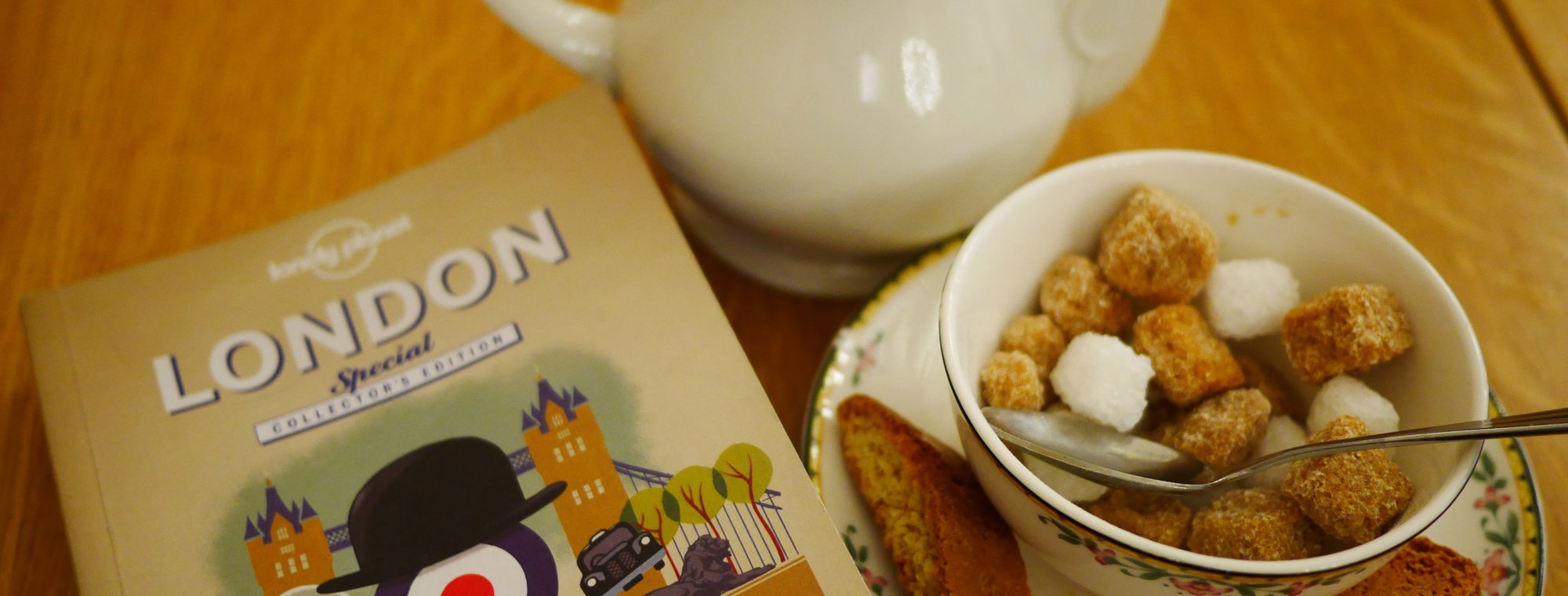10 Best Travel
Books and Guides

Guidebooks are a great way to get the most out of your trip. They help you find hidden hot spots around town, save cash, and narrow in on cultural experiences that will let you live like a local, even if just for a few days.
Plus there is the added benefit of getting excited to learn about your upcoming trip. Truly, a guidebook helps you pass the weeks and months between when you book your trip and when you board your plane.
So, why isn’t everyone reading guidebooks? The overriding reason is likely that they’re overwhelmed. A quick trip to the library and you’ll see that the guidebook section is huge and intimidating. Finding the perfect guide doesn’t have to be a headache, though. Here’s a look at a few tried and trusted brands and authors that deliver a big punch when it comes to guides books for almost anywhere; but especially in Europe.
1. Lonely Planet
This series is often the first line of defense in choosing your guidebook. Offering an edition for almost everywhere on Earth, the Lonely Planet Series offers quick, nonsense facts that make it a straightforward read. Inside readers will find dining, hotel, and attractions that range from low to midrange budget levels. You can also expect to pick up some interesting facts, history, and ground transportation information here.
2. Rick Steves'
Educated and opinionated, the Rick Steves' Europe series is a must-have for the traveler who wants to get off of the beaten path. Focusing more on opinion-based offerings, this series helps a traveler maximize their time abroad by focusing on what the author deems the most “worthwhile” things to see, do, and taste in each major area. He also only does travel research in peak tourist season, which means you’re getting an accurate look at crowd levels during that time.
3.Blue Guides
For those who consider themselves scholarly readers, the Blue Guides may be the place to start. They’re often considered dry material, but when it comes to an in-depth look at where you’re headed, these guides can’t be beaten. The series focuses on history, art, and architecture.
4. Frommer's Guides
In stark comparison to the Let’s Go series, the well-respected Frommer's guides are targeted to the more mature traveler. Once the encyclopedia of travel guides, Frommer's has spent considerable time in recent years trimming their articles and gearing content towards a more budget conscience point of view. While the detailed approach can offer peace of mind to the detail-oriented and timid traveler base, it can leave free spirits feeling a bit caged and managed.
5. Michelin Green Guides
As the name suggests, these guides are bound in a green cover and are easily identified at the bookstore. But they offer more than an identifiable spine. Inside you’ll find loads of maps, photos, and an all-encompassing look at lifestyle, history, art, and culture in each of your destinations. What makes these titles interesting is how they rank attractions on a map. Instead of big cities getting bold typeface, points of interest to travelers are presented with prominence. This makes it visually simple to plan a trip based on proximity and interest. This inclusive guide has branched out in recent years to include reviews of favorite restaurants and hotels as well, but if this is the keystone of your travel research, consider also purchasing the Michelin Red Guides as a compliment.
6. Rough Guides
Written by Europeans for would-be Europeans, this guide series offers a unique look at, “living like a local.” The real benefit here is that the authors have their finger on the pulse of the current social atmosphere and understand daily interactions with Europeans on a level that most American authors simply can’t grasp based on research alone. The result is that this series, while perhaps lacking in hotel information, offers superior insight into cultural and historical insight surrounding many of the things and places tourists want to see the most.
7. Fodor’s Guides
The big dog in the travel and tourism publishing industry, Fodor’s guides are the largest English language guidebooks out there. Launched in the 1930s by Random House publishing, this series had one main goal; make travel interesting. Offering tips on travel behaviors, like appropriate tipping, as well as points of interest, the series also highlights the standard hotel and dining entries. With more than 440 guides across 300 destinations, many still consider Fodor’s the gold standard of what a guidebook should be.
8. Eyewitness Guides
Some learners are visually based. For these travelers, we present the Eyewitness Guide series. Focused on showcasing the beauty of the places you intend to travel, this series is light on text and rich in imagery. While it can help you get excited about the places on your itinerary, it’s not likely to offer you travel tips or much insight. One place this guide really shines though is for young travelers. Getting young children excited about a long flight is difficult; consider this the perfect picture book to help get early readers excited about their upcoming travels.
9. Time Out
While many traveling to Europe are entrenched in history and culture, some are seeking a lifestyle experience that transcends the millennia. For the young at heart looking for an immersive, current experience, we present Time Out. This series, written for the British market specifically, focuses on entertainment and dining primarily, with secondary emphasis on lodging and sightseeing. Again focusing on the youthful, trendy market, this guidebook pairs nicely with your smartphone to create an interactive experience that allows you to purchase event tickets directly from your phone.
10. Let’s Go
Trying to see Europe on a college kid’s budget? This is the guide for you. Let’s Go is authored by Harvard students with an emphasis on tight wire budgets. Focusing almost entirely on how to have the most experiences on the smallest budget possible, this guide offers a look at the popular European Hostel (vs Hotel) and trendy alternative nightlife options. It’s opinionated and spirited in tone and a favorite for other young travelers.
One more thing to keep in mind—make sure you’re getting a current guidebook. Restaurants close, hotels change management, things change and guidebooks can go from poignant to pointless pretty quickly. Ensuring that you’re getting the most current information possible is the best way to make sure you’re actually preparing for the trip you’re about to take.
Pro travel tip! The above-listed brands and authors typically produce updated versions once a year or so, but not all authors do. Before you buy, check the publication date. It should be within a year of the current date, and if you have to look too hard to find it, it’s probably not updated regularly.









